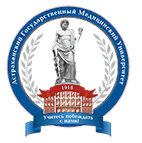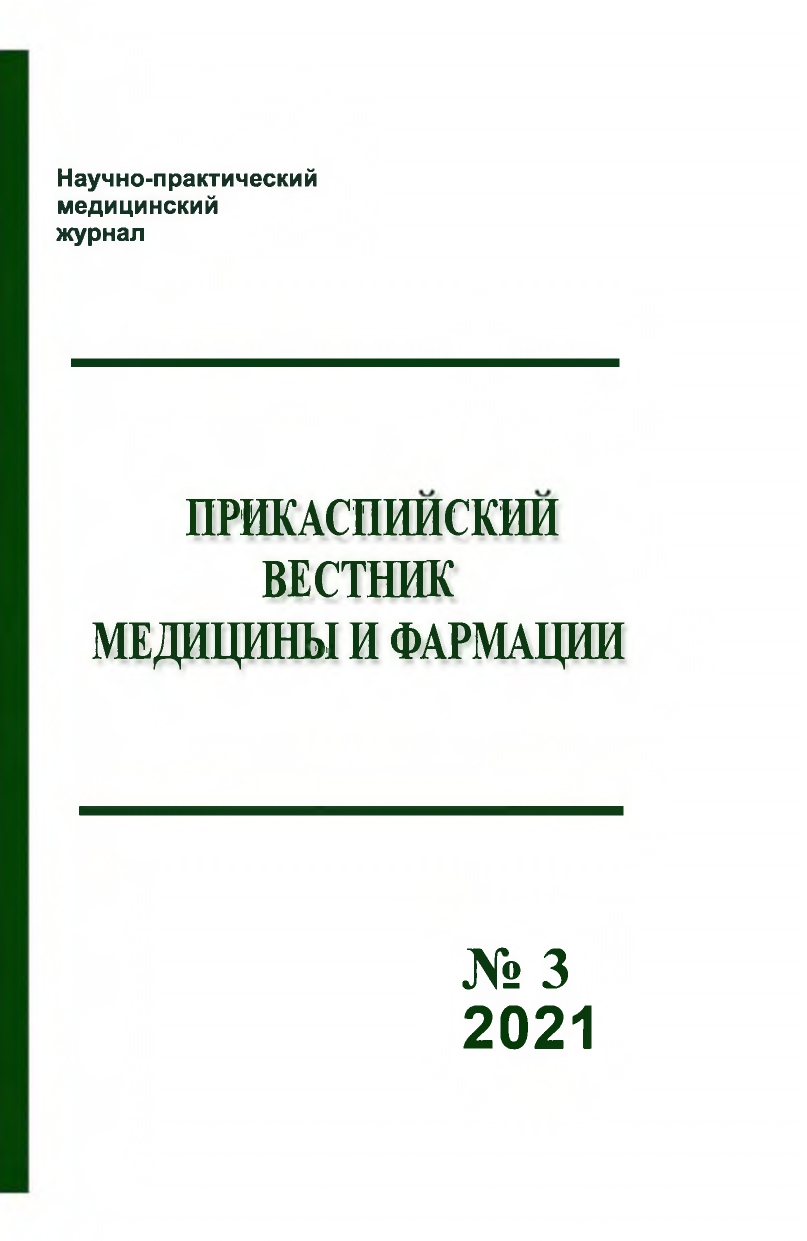The aim: to study the features of perforative gastroduodenal ulcer (PGDU) in cancer patients. Materials and methods: a retrospective study of the postoperative results of surgical treatment of PGDU in 45 patients with malignant tumors in VRCOD. Comorbidity was assessed on the basis of Charlson-Deyo scale. Paired, multiple linear and binary logistic regression was used to predict the duration and outcome of treatment. Results: 45 patients were included into the analysis: 25 (55.6 %) men and 20 (44.4 %) women. The median age was 54 years (Q1-Q3 = 46-67). Ulcer history is noted in 25 (55.6 %) observations. Combined complications were met in 4 (8.9 %) cases. The most common localization of PGDU was the front wall of the bulb of the duodenum - 17 (37.8 %). The presence of cancer caused the minimum Charlson-Deyo index 2, and in 13 (28.9 %) cases of metastatic cancer - 6. Suturing of the ulcer prevailed in 36 cases (80 %). In other observations we performed: stomach resection - 5 (11.1 %), vagotomy with pyloroplasty - 1 (2.2 %), suturing of the ulcer from the minilaparotomy - 2 (4.5 %), laparoscopic suturing of the ulcer - 1 (2.2 %). The median duration of the operation at PGD was 80 (Q1-Q3=70-95) minutes. The duration of the postoperative period was on average 10 days (IQR9-14 days). The mortality rate was 15.6 % (7/45). Patients with Charlson-Deyo comorbidity index above 3 had a higher risk of postoperative complications (p=0,005) and death (p=0,039). During the univariate analysis general surgical and comorbidity factors affecting postoperative mortality were revealed: age (p=0,01), perforation duration of more than 24 hours (p<0,001), Boey index 2-3 (p=0,005), Mannheim peritonitis index more than 29 (p<0,001), the number of chemotherapy courses performed (p=0,006) and the Charlson-Deyo index more than 3 (p=0,05). In multivariate analysis - age (p=0,028) and the number of chemotherapy courses conducted (p=0,008).
perforative gastroduodenal ulcer, predictive model, cancer patients
1. Peiffer S. Risk factors of perioperative mortality from complicated peptic ulcer disease in Africa: Systematic review and meta-analysis // BMJ Open Gastroenterology. 2020. Vol. 7. no. 1.
2. Rickard J. Surgery for Peptic Ulcer Disease in sub-Saharan Africa: Systematic Review of Published Data // Journal of Gastrointestinal Surgery. 2016. Vol. 4 (20). P. 840-850.
3. Mugatasimov I. G. Maloinvazivnye tehnologii v lechenii perforativnyh gastroduodenal'nyh yazv: analiz rezul'tatov lecheniya za 5 let // Voprosy rekonstruktivnoy i plasticheskoy hirurgii. 2014. (1). C. 55-61.
4. Sovcov S. A. Vybor sposoba lecheniya probodnoy gastroduodenal'noy yazvy // Hirurgiya. Zhurnal Im. N.I. Pirogova. 2015. № 11. C. 41.
5. Ermolov A.S., Smolyar A.N., Shlyahovskiy I.A. 20 let neotlozhnoy hirurgii organov bryushnoy polosti v Moskve // Hirurgiya. 2014. (5). C. 7-16.
6. Alekberzade A. V. Ushivanie perforativnoy pepticheskoy yazvy: laparoskopicheskoe ili otkrytoe? // Hirurgiya. Zhurnal Im. N.I. Pirogova. 2017. № 2 (2). C. 45-50
7. Choi Y.-S., Heo Y.-S., Yi J.-W. Clinical Characteristics of Primary Repair for Perforated Peptic Ulcer: 10-Year Experience in a Single Center // Journal of Clinical Medicine. 2021. Vol. 8 (10). P. 1790.
8. Ostryy peritonit (Klinicheskie rekomendacii) // 2017. T. 2017. 9. Dindo D., Demartines N., Clavien P. A. Classification of surgical complications: A new proposal with evaluation in a cohort of 6336 patients and results of a survey // Annals of Surgery. 2004. Vol. 240, no. 2. P. 205-213.
9. Charlson M. E. A new method of classifying prognostic comorbidity in longitudinal studies: Development and validation // Journal of Chronic Diseases. 1987. Vol. 5 (40). P. 373-383.
10. Thorsen K., Soreide J. A., Soreide K. What Is the Best Predictor of Mortality in Perforated Peptic Ulcer Disease? A Population-Based, Multivariable Regression Analysis Including Three Clinical Scoring Systems.














